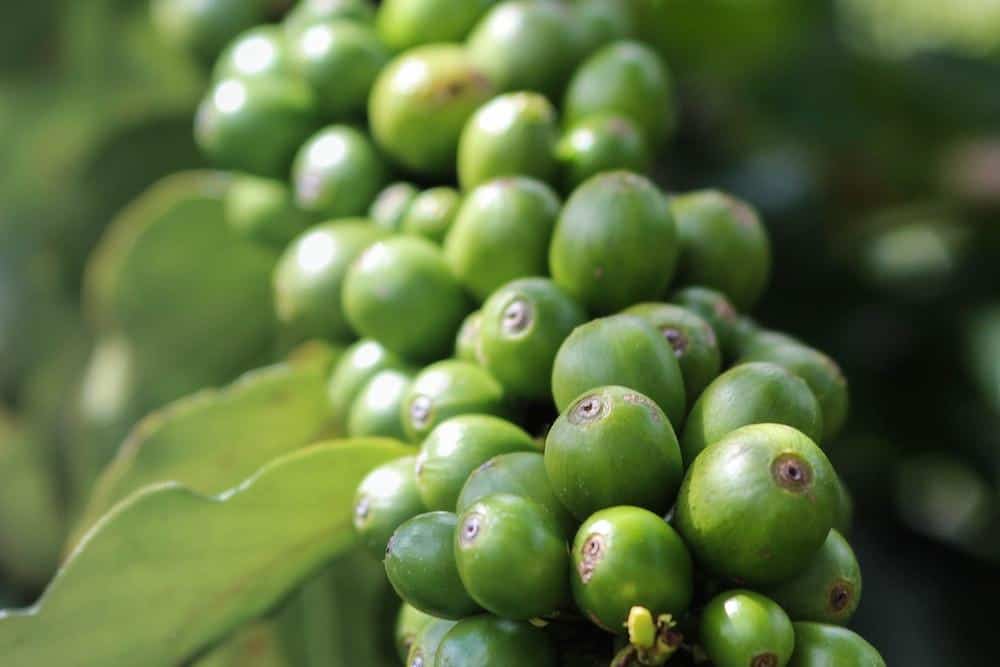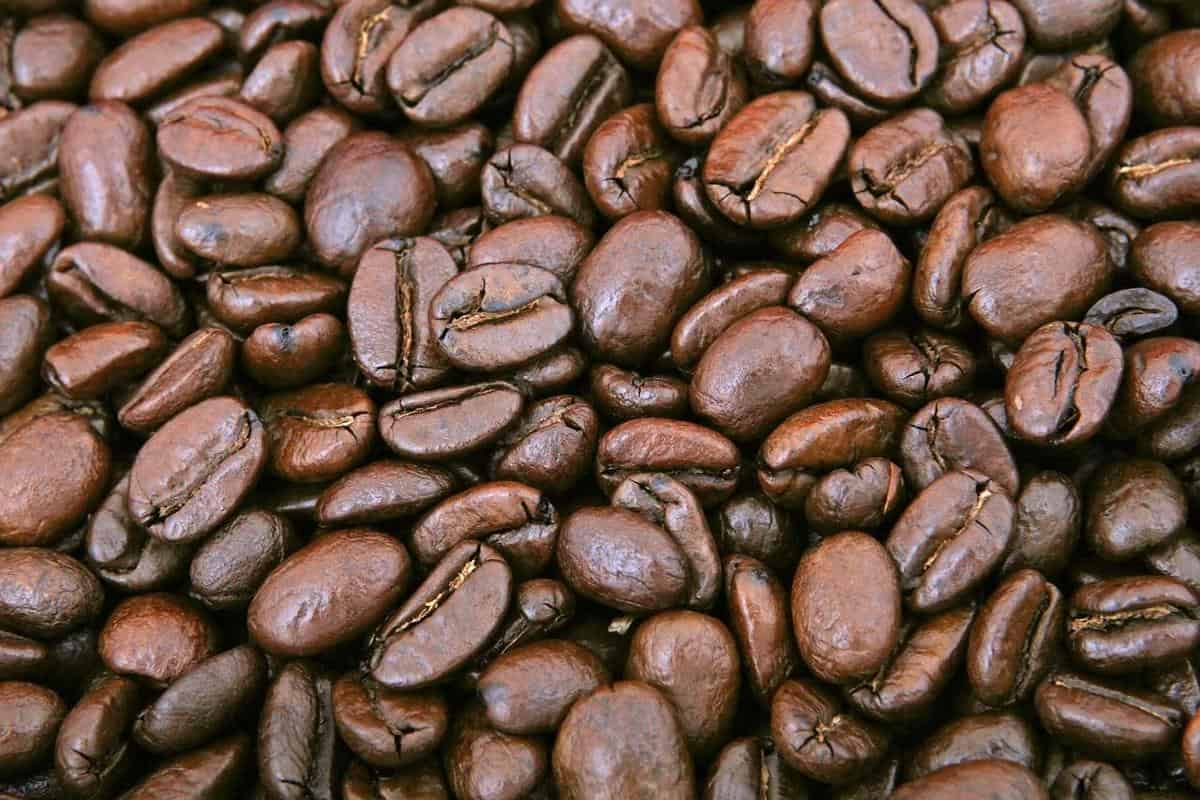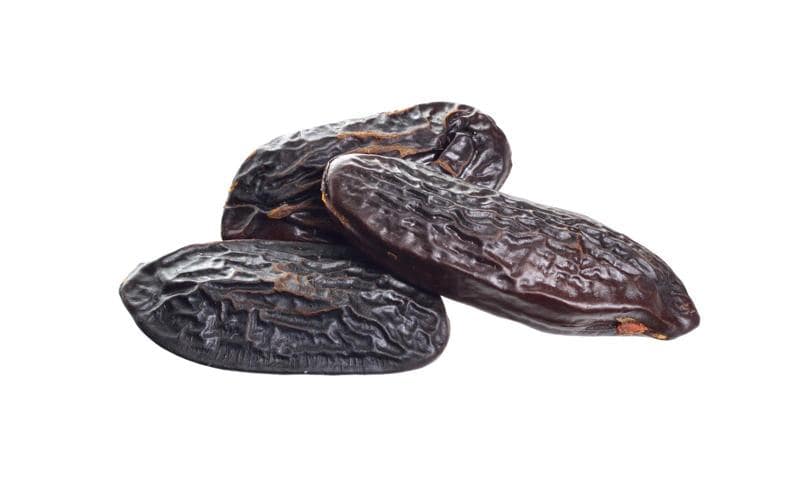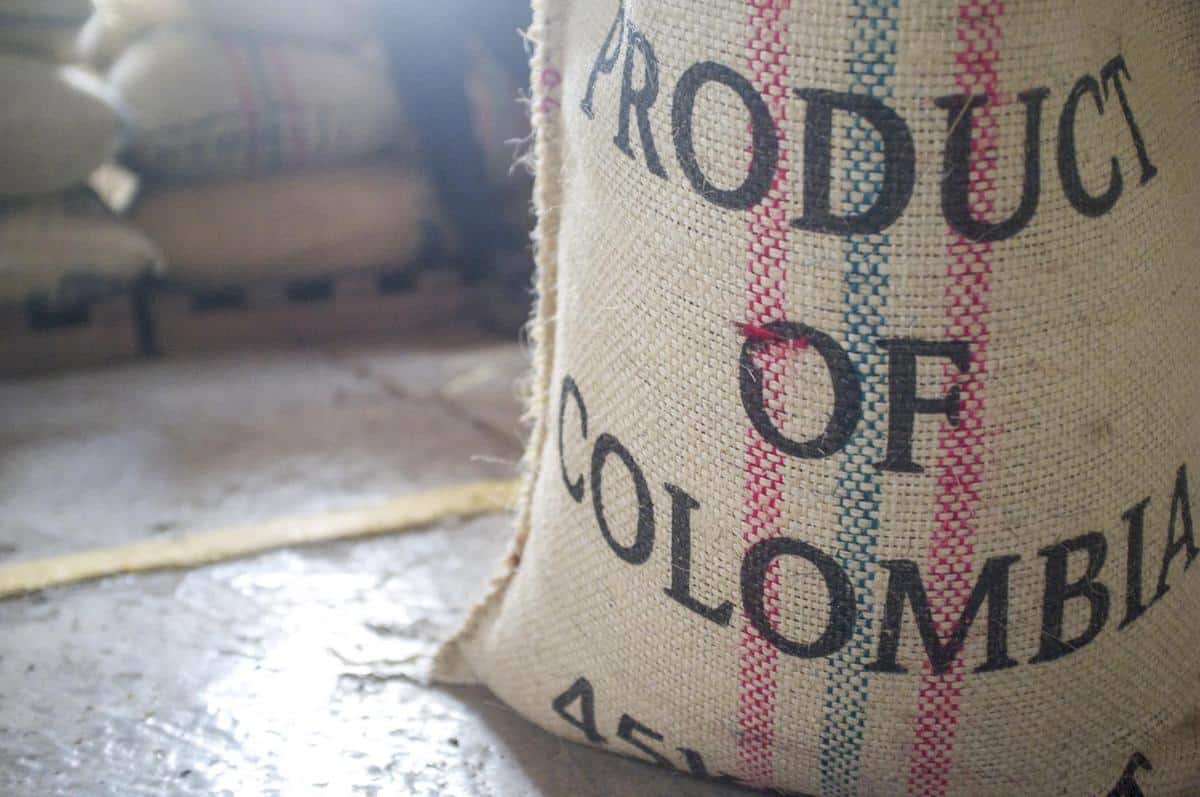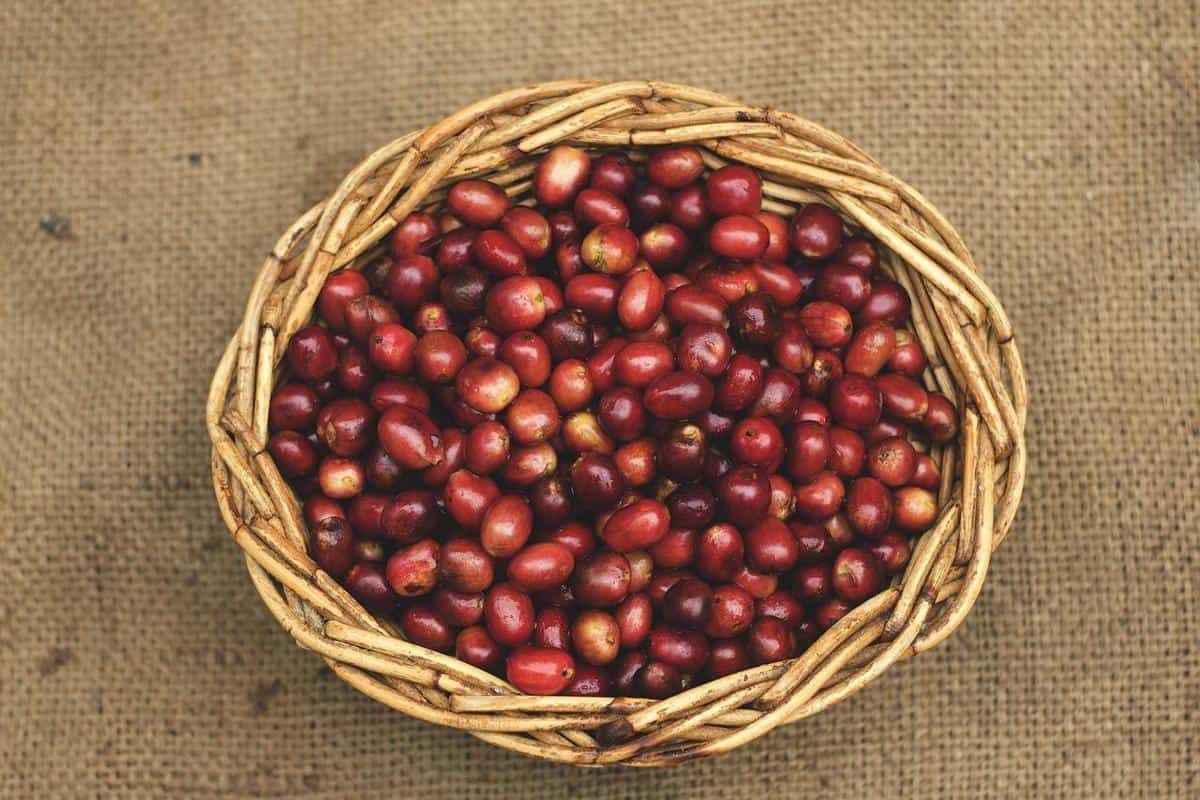Coffee beans have long been a staple of our daily lives, fueling our mornings and providing a pick-me-up throughout the day. But have you ever stopped to wonder if these beloved beans are actually beans at all? The debate surrounding the true nature of coffee beans has puzzled many, and in this article, we will delve into the age-old question: Are coffee beans truly beans or are they seeds?
The journey of a coffee bean is a fascinating one, from its humble beginnings as a flowering plant to its eventual harvesting and processing. Understanding the origin and lifecycle of coffee beans will shed light on their true nature and help unravel the mystery surrounding their classification. We will explore how these small beans go from being mere blossoms to becoming an integral part of that steaming cup of Joe.
Examining the anatomy of a coffee bean is also crucial in understanding whether they should be deemed as beans or seeds. We will dive into their unique characteristics, such as size, shape, color, and texture, which contribute to their broader categorization. By delving deeper into what makes up these tiny powerhouses of flavor, we can gain insight into their true identity.
Join us on this exploration of the coffee bean conundrum as we examine arguments from both sides of the debate and discuss historical references, linguistic interpretations, and cultural significance. Through our analysis, we hope to shed some light on whether coffee beans truly deserve their bean designation or if they should be reclassified as seeds. So grab your favorite mug and get ready to explore the world of coffee like never before.
The Journey of a Coffee Bean
Understanding the origin and lifecycle of coffee beans is essential in unraveling the debate surrounding whether they are truly beans or seeds. Coffee beans undergo a fascinating journey, from their initial flowering to the moment they are harvested and processed.
Coffee beans start their journey as small white flowers blooming on coffee plants. These flowers eventually give way to green cherries, which gradually ripen into luscious red or yellow fruits known as coffee cherries. Inside each coffee cherry, two seeds can be found, which are what we commonly refer to as coffee beans.
As the cherries mature, they transition from being vibrant red or yellow to becoming a deeper shade of red or purple. This color change signifies the optimal time for harvesting. Once harvested, the coffee cherries undergo processing to remove the outer layers and reveal the precious seeds within.
There are two main methods of processing: the dry method and the wet method. The dry method involves drying out the whole cherry in the sun before removing its outer layers manually, while the wet method involves washing off the pulp and skin before drying out just the seeds.
After processing, coffee beans are typically roasted to develop their distinct flavors. Roasting also transforms their light green color into varying shades of brown depending on desired roast level (light, medium, dark). Once roasted, these flavorful beans can be ground and brewed to create our beloved cups of coffee.
Understanding this journey helps shed light on why some argue that coffee beans should be classified as seeds rather than beans. As seeds are enclosed within fruit or protective coverings like pods, it can be argued that coffee cherries fulfill this criterion more accurately than typical legume plants associated with bean production.
To recap:
- White flowers bloom on coffee plants.
- Flowers transition into green cherries.
- Cherries ripen into red or yellow fruits called coffee cherries.
- Inside each cherry, two seeds, or coffee beans, are found.
- The cherries are harvested and then processed to remove their outer layers.
- Coffee beans are then roasted to develop flavors and aromas.
The journey of a coffee bean provides valuable insight into its classification debate and contributes to the understanding of its role in culinary and agricultural practices. In the next section, we will delve further into the anatomy of a coffee bean and explore the unique characteristics that shape our perception of this beloved beverage ingredient.
Anatomy of a Coffee Bean
When examining the anatomy of a coffee bean, it becomes clear why there is often confusion about whether they are beans or seeds. Coffee beans possess unique characteristics that set them apart from typical legumes or seeds. Understanding these features is crucial in unraveling the debate surrounding their classification.
Firstly, let’s delve into the physical attributes of a coffee bean. Generally, coffee beans are small in size and have an oval or oblong shape. They come in different colors, ranging from dark brown to almost black, depending on the roast level. Additionally, coffee beans have a smooth outer texture but can be slightly rougher on closer inspection. These distinct attributes make them resemble typical seeds found in plants.
However, it is important to note that coffee beans are not true seeds in the botanical sense. Instead, they are referred to as “seeds” due to their role in propagating coffee plants. Coffee beans develop within the fruit of the coffee plant known as cherries and are classified as pit fruits or drupes. Botanically speaking, a true seed consists only of the embryo and its food reserves inside a protective covering called testa.
To further understand the unique nature of coffee beans, it may be helpful to explore their internal composition using an ordered list:
- The seed coat: This outermost layer protects the inner contents of the seed.
- The endosperm: This makes up most of the volume inside the bean and serves as a source of energy for germination.
- The embryo: This is what will eventually sprout into a new coffee plant when conditions are favorable for growth.
- Cotyledons: These structures store nutrients for the developing embryo and provide essential nourishment during germination.
Botanical Classification
The Scientific Classification of Coffee Beans
Coffee beans, despite their common name, are not technically beans. In the world of botany, beans refer specifically to the seeds that come from plants in the Fabaceae family. Coffee beans, on the other hand, are the seeds of a fruit known as coffee cherries, which grow on trees belonging to the Coffea genus.
The confusion surrounding the classification of coffee beans arises from their resemblance to true beans in terms of shape and size. However, when it comes to botanical classification, they fall under the category of seeds rather than beans. This is because they develop within a fruit and contain an embryo capable of germination.
The Botanic Reasoning Behind Labeling Coffee Beans
To understand why coffee beans are labeled as such, it’s essential to delve into their reproductive process. Flowering occurs on coffee trees whereby small white flowers bloom in clusters along its branches. Pollination takes place through self-fertilization or cross-pollination by insects or wind.
After pollination, the fertilized ovary develops into a fruit called a coffee cherry. Within this cherry, two seeds begin to grow side by side; these are what we commonly refer to as coffee beans. As these seeds mature inside the cherry and undergo processing methods like washing or drying, they acquire their unique characteristics and flavors that we associate with various coffee varieties.
While colloquially referred to as “beans” due to their bean-like appearance and use in beverages like tea or brewed coffee mimicking legume-based infusions, they are biologically classified as seeds since they come from plant reproductive systems involving fruits rather than pods.
Implications for Culinary Usage and Understanding
Understanding the scientific classification of coffee beans has implications for both culinary usage and our broader understanding of this beloved beverage staple.
From a culinary perspective, acknowledging that coffee “beans” are technically seeds provides insights into flavor extraction techniques. When brewing coffee, the water extracts solubles from the roasted and ground “seeds,” creating the flavorful infusion that we enjoy. Recognizing them as seeds rather than beans encourages us to approach them with the same precision and care as we would with other seeds or fruits.
Furthermore, understanding the botanical classification of coffee beans allows us to appreciate their role in ecosystems and agriculture more holistically. Coffee cherries, which encapsulate these precious seeds, contribute to biodiversity and serve as a food source for various animals. This recognition highlights the interconnectedness between flora, fauna, and our consumption habits-a vital consideration in sustainability efforts within the coffee industry.
By clarifying the botanical classification of coffee beans as seeds instead of beans, we deepen our understanding of their growth process, refine culinary practices, and foster a more nuanced appreciation for this beloved caffeinated beverage.
Culinary and Agricultural Perspectives
The Culinary Usage of Coffee Beans
From bean to cup, coffee beans play a vital role in the culinary world. The flavors and aromas they lend to beverages make them an essential ingredient in various coffee brewing methods. However, when it comes to their classification as beans or seeds, different perspectives arise within the culinary realm.
In the culinary world, coffee beans are commonly referred to as “beans” due to their appearance and usage. When roasted and ground, these seeds are brewed into a beverage that is loved by millions worldwide. As beans, they are incorporated into a wide range of culinary creations beyond traditional coffee brewing.
Chefs and home cooks alike experiment with infusing coffee flavor into desserts, sauces, rubs, and even meat marinades. The versatile nature of coffee beans allows them to lend depth and complexity to both sweet and savory dishes.
Brewing Methods and Flavor Extraction
From french press to espresso machines, the way in which these “beans” are processed greatly affects the flavor profile of the final beverage. Brewing methods such as pour-over or Turkish coffee rely on coarsely ground beans steeped in hot water for extraction of flavors. On the other hand, espresso machines use finely ground coffee with pressurized water for quick extraction resulting in a concentrated brew with distinct characteristics.
Coffee professionals also focus on understanding how different factors impact flavor extraction from these “beans.” Variables such as grind size, water temperature, brew time, and even water quality can drastically alter the taste of the final cup of Joe. This level of precision required for achieving desired flavors further supports the notion that coffee beans are indeed considered “beans” by those working within the culinary field.
The Role of Coffee Beans in Agriculture
While culinary enthusiasts refer to them as “beans,” from an agricultural perspective, coffee seeds would be a more accurate term. Within agriculture practices, coffee is grown not for its culinary appeal but rather as a cash crop due to its economic value. Farmers carefully cultivate and harvest coffee cherries with the goal of extracting and selling the seeds contained within.
The cultivation process involves growing coffee plants, waiting patiently for several years until they mature enough to produce fruits known as cherries. These cherries house the seeds, colloquially known as coffee beans. Once ripe, farmers handpick or mechanically strip the cherries from the trees, extracting the seeds within. The seeds undergo further processing to remove unwanted layers such as pulp and parchment before being dried and prepped for export.
The Controversy
In the ongoing debate surrounding coffee beans, there are valid arguments from both sides regarding whether they should be classified as beans or seeds. Proponents of the “bean” classification argue that this term accurately represents the culinary and cultural significance of coffee beans. After all, they are commonly referred to as “coffee beans” in everyday conversation, emphasizing their importance in the world of coffee.
On the other hand, advocates for the “seed” classification highlight the botanical reasoning behind labeling coffee beans as such. From a botanical perspective, a seed is defined as the fertilized ripened ovule of a flowering plant, which perfectly describes what a coffee bean truly is. Throughout its life cycle, a coffee bean starts as a flowering plant and undergoes pollination and fertilization before eventually developing into the bean we are familiar with.
When delving into historical references, linguistic interpretations, and cultural significance, it becomes apparent that both classifications have merit. Early cultivators who discovered coffee beans may have referred to them as seeds due to their association with plants and reproduction. However, over time, as coffee became more widely consumed and integrated into various cultures around the world, the term “bean” gained popularity due to its culinary applications.
From a practical standpoint, how we classify coffee beans ultimately affects how we refer to them in cooking and brewing practices. Coffee beans play an integral role in these processes regardless of their classification; however, understanding whether they should be called beans or seeds can impact how we approach recipes and flavor extraction techniques.
Coffee Bean Economics
The coffee industry is one of the largest and most lucrative sectors in the global economy, with coffee beans being at the heart of this industry. Coffee bean economics plays a crucial role in understanding the impact of labeling coffee beans as beans or seeds on the industry, as well as exploring the marketing and trade dynamics associated with these beans.
One important aspect to consider when analyzing coffee bean economics is the production process. Coffee beans are grown in various regions around the world, each with its own unique characteristics and flavor profiles. The demand for specialty coffee has been steadily increasing, leading to higher prices for high-quality beans. This has created opportunities for small-scale farmers and specialty coffee producers to thrive in an increasingly competitive market.
Another key factor to consider is the global supply chain of coffee beans. The journey of a coffee bean from farm to cup involves multiple actors such as farmers, processors, exporters, importers, roasters, and retailers. Each step in this supply chain adds value to the beans and influences their final price. Fluctuations in prices can be influenced by factors such as weather conditions, political instability in coffee-producing countries, or changes in consumer preferences.
| Factors | Impact on Coffee Bean Economics |
|---|---|
| Specialty Coffee Demand | Increase in prices for high-quality beans and opportunities for small-scale farmers and specialty producers. |
| Global Supply Chain | Multiple steps add value to beans and influence their final price. |
In recent years, sustainability has also become a significant consideration within the coffee industry. Consumers are increasingly interested in purchasing ethically sourced and environmentally friendly products. This trend has led to certifications like Fair Trade and Rainforest Alliance, which aim to ensure that coffee farmers receive fair wages and adopt sustainable farming practices. Incorporating these certifications can have an impact on coffee bean economics, as certified beans may command higher prices in the market.
Overall, understanding coffee bean economics is essential for stakeholders within the industry. It allows producers, retailers, and consumers to make informed decisions about their coffee choices and contributes to the long-term sustainability of the sector. By considering factors such as quality, supply chain dynamics, and sustainability practices, we can better navigate the complex world of coffee bean economics and appreciate the value that these small but mighty beans hold within our global economy.
Coffee Bean Terminology
When it comes to discussing coffee beans, there is a wide range of terminology used to describe and classify them. Understanding the various terms is essential for coffee enthusiasts, industry professionals, and consumers alike. This section will delve into different terminologies used in relation to coffee beans and explore their implications.
One commonly used term when referring to coffee beans is “varietal.” Varietal refers to the specific variety or cultivar of the coffee plant from which the beans are harvested. Just like different grape varieties produce distinct flavors in wine, different coffee varietals can have unique flavor profiles. Popular varietals include Arabica, Robusta, Typica, Bourbon, and Geisha.
Another important term is “single-origin” coffee. Single-origin refers to coffee beans that come from a single geographical region or even a specific farm or estate within that region. This term emphasizes the traceability and uniqueness of the coffee’s origin, allowing consumers to experience the flavors associated with a particular growing area.
“Roast level” is another crucial concept in coffee bean terminology. Roast level refers to how long and at what temperature the coffee beans have been roasted. It directly affects the flavor profile of the final brewed cup of coffee. Common roast levels include light roast (lighter in color with more acidity), medium roast (balanced flavor), medium-dark roast (deeper flavor with some oils visible on the surface), and dark roast (bold and robust flavors).
Terminology variations can vary across regions and cultures as well. For example, in some Latin American countries, you may come across terms like “tueste medio” (medium roast) instead of “medium roast.” These variations highlight cultural nuances while conveying similar meanings.
Understanding these key terminologies surrounding coffee beans allows individuals to navigate the world of specialty coffees better, select their preferred flavors based on origin or varietal, and make informed choices when purchasing coffee beans.
| Terminology | Definition |
|---|---|
| Varietal | The specific variety or cultivar of the coffee plant from which the beans are harvested. |
| Single-origin | Coffee beans that come from a single geographical region or specific farm, emphasizing traceability and uniqueness. |
| Roast level | Determines how long and at what temperature the coffee beans have been roasted, directly impacting the flavor profile. |
| Terminology variations | Different terms used to describe the same concepts across regions and cultures, reflecting cultural nuances. |
Resolving the Debate
The coffee bean conundrum continues to intrigue enthusiasts and experts alike: are coffee beans truly beans or are they seeds? This ongoing debate has sparked discussions in various fields, including botany, agriculture, culinary arts, and economics.
While some argue that coffee beans should be classified as seeds due to their reproductive purpose, others contend that they should be considered beans based on their culinary usage. In this section, we delve into the evidence and make a definitive argument for the beans or seeds classification of coffee.
From a botanical perspective, the terminology used to describe coffee beans can vary. Coffea arabica and Coffea canephora (commonly known as Arabica and Robusta) are the two main species of coffee plant. Both produce fruits commonly referred to as “cherries,” which contain two seeds each – what we commonly call coffee beans. However, technically speaking, these “beans” are actually not true legumes like other varieties of beans; they are seeds enclosed within a fruit.
In terms of culinary usage and familiarity, referring to them as “coffee beans” seems more appropriate. As most people know, coffee is brewed using roasted coffee beans rather than sprouting them or planting them in gardens like traditional true legume beans.
Moreover, the term “coffee seed” does not align with common language usage related to food and cooking practices. Therefore, despite its botanical classification as a seed within a fruit, the widespread usage of “coffee bean” in culinary contexts justifies considering it as such.
The debate between “beans” or “seeds” remains open-ended due to varying perspectives from different disciplines. Ultimately, it may come down to individual interpretation and context when choosing which terminology holds more weight. The important aspect is recognizing the unique qualities of coffee beans – whether we refer to them as seeds or beans – that have shaped their significance in human culture throughout history.
| Terminology | Classification |
|---|---|
| Botanical Classification | Seeds |
| Culinary Usage | Beans |
Final Thoughts
Coffee’s Cultural and Historical Significance
Coffee has a rich cultural and historical significance that goes beyond the debate of whether coffee beans are truly beans or seeds. Throughout history, coffee has played a vital role in various societies around the world. From its origins in Ethiopia to its proliferation in Europe during the Age of Enlightenment, coffee has influenced art, literature, social gatherings, and even political movements. Its unparalleled legacy as a beverage and social lubricant cannot be denied.
The Global Coffee Industry
Beyond its cultural impact, coffee also holds significant economic value on a global scale. The coffee industry encompasses various stages from cultivation to processing, roasting, and distribution. It is estimated that over 125 million people worldwide rely on coffee production for their livelihoods.
With different regions specializing in growing specific types of coffee beans, there is a complex interplay between supply and demand that affects global trade dynamics. Understanding the classification of coffee beans as either beans or seeds can have implications on marketing strategies, pricing structures, and consumer preferences.
The Environmental Impact of Coffee Production
Coffee production also has environmental implications. As demand for coffee continues to rise across the globe, there are concerns about deforestation, water consumption, chemical usage, and waste management associated with coffee farming practices. Sustainable farming methods, fair trade certifications, and organic production have become increasingly important considerations for both producers and consumers. The debate over whether coffee beans are classified as beans or seeds can contribute to discussions on sustainable practices and their impact on the environment.
Additional Resources
In conclusion, the debate over whether coffee beans are truly beans or seeds has been explored extensively in this article. We have traced the journey of a coffee bean from its flowering to harvesting and processing, delved into its unique characteristics, and analyzed its botanical classification. Throughout this exploration, we have also examined the culinary, agricultural, and economic perspectives surrounding coffee beans.
While arguments can be made from both sides of the debate, weighing the evidence suggests that coffee beans should be classified as seeds rather than beans. The scientific classification and anatomy of coffee beans align more closely with that of seeds. Additionally, cultural references and historical interpretations often refer to them as seeds. This conclusion may have implications for how we describe and market coffee beans within the industry.
As readers reflect on this conundrum, it is important to recognize the broader significance of coffee within our caffeine-driven world. Coffee holds an unparalleled legacy throughout human history, shaping cultures, economies, and societies alike. Its impact goes beyond mere terminology debates and invites us to appreciate the complex journey that brings a simple cup of joe to our tables each morning.
To further explore this fascinating topic or delve deeper into specific aspects discussed in this article, readers can refer to the additional resources provided below. Whether you are a coffee enthusiast or simply interested in botanical classifications and culinary traditions, these resources will offer valuable insights and knowledge on the subject.
Ultimately, let us acknowledge the ongoing discussion surrounding coffee beans’ classification while also embracing the irreplaceable role they play in our lives. From bean to seed or seed to bean – no matter how you choose to label them – there’s no denying the pleasure and inspiration that can be found in a cup of freshly brewed coffee.
Frequently Asked Questions
Is coffee a seed or a bean?
Coffee is technically both a seed and a bean. The coffee bean that we commonly refer to is actually the seed of the coffee plant. Inside the cherry-like fruit of the coffee plant, there are typically two seeds, which are often referred to as coffee beans. So, in this context, coffee can be considered a seed.
Why are coffee beans not called seeds?
Coffee beans are not called seeds because they have come to be known by their common name, coffee beans, due to their appearance and usage in brewing coffee. While they are indeed seeds, calling them beans has become more customary due to their resemblance in shape and texture to other legumes like kidney beans or cocoa beans.
Are coffee beans considered beans?
Yes, coffee beans can still be considered beans despite being seeds. This is because they share some similarities with other legume family members that are commonly referred to as beans. Just like other types of legumes, such as kidney beans or black-eyed peas, coffee beans develop within a pod or fruit and contain an embryonic plant inside them.
What is the difference between a seed and a bean?
The main difference between a seed and a bean lies in their botanical classification and structure. Seeds are the reproductive structures produced by plants that encase an embryo along with a nutrient-rich endosperm, with the purpose of dispersing and germinating new plants.
On the other hand, “beans” generally refer to legume pods containing multiple seeds or embryos enclosed within a protective structure.
Are beans technically seeds?
Technically speaking, yes, most types of edible beans that we commonly refer to (such as kidney beans or black beans) are also seeds in botanical terms. Like other leguminous plants, these beans develop from fertilized ovules within a pod or fruit and possess all the characteristics of true seeds – embryonic plants surrounded by nutrients required for germination and growth when conditions are favorable.
Therefore, while we often use the term “beans” in everyday language, on a biological level, they can be considered seeds.

